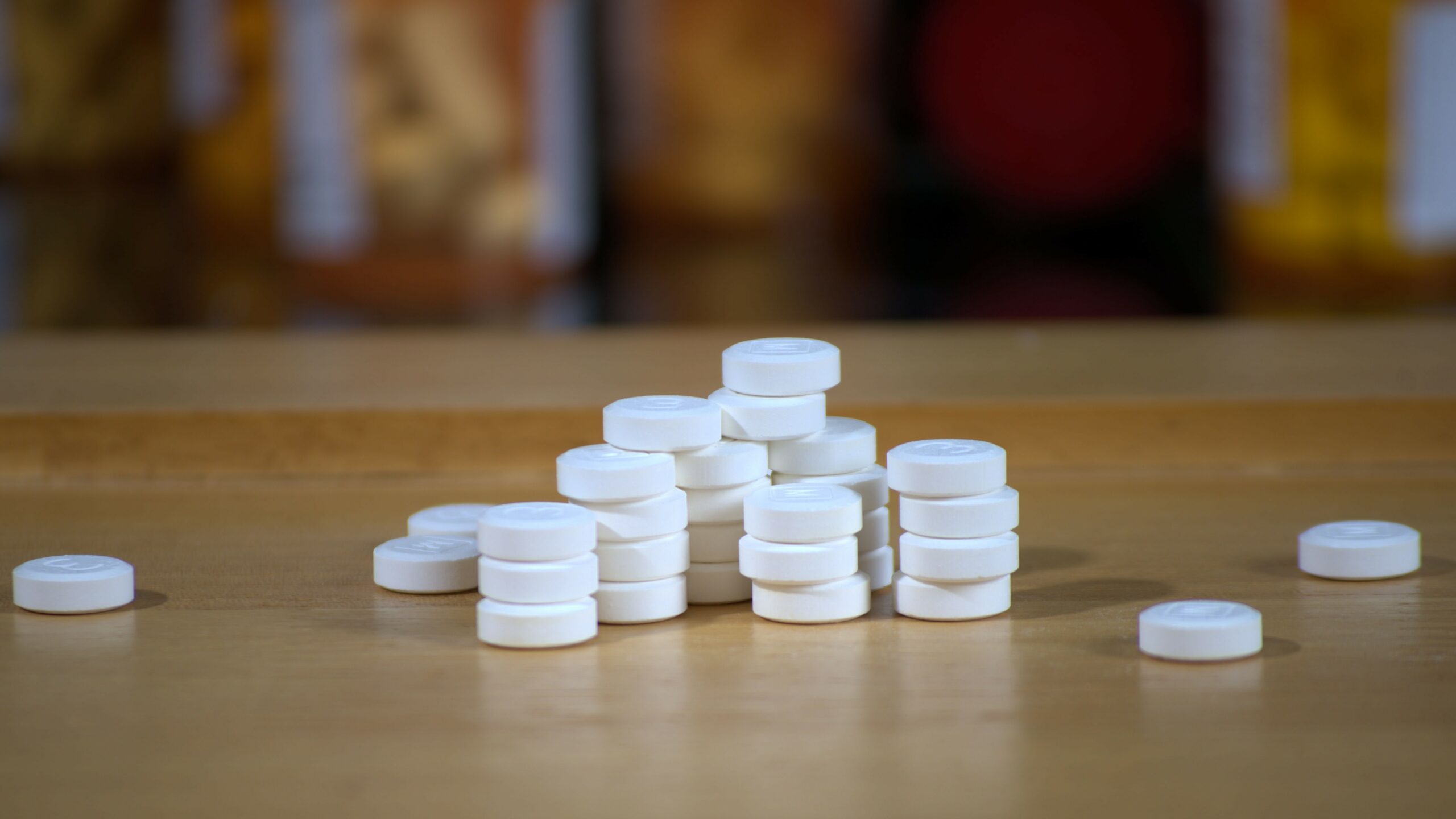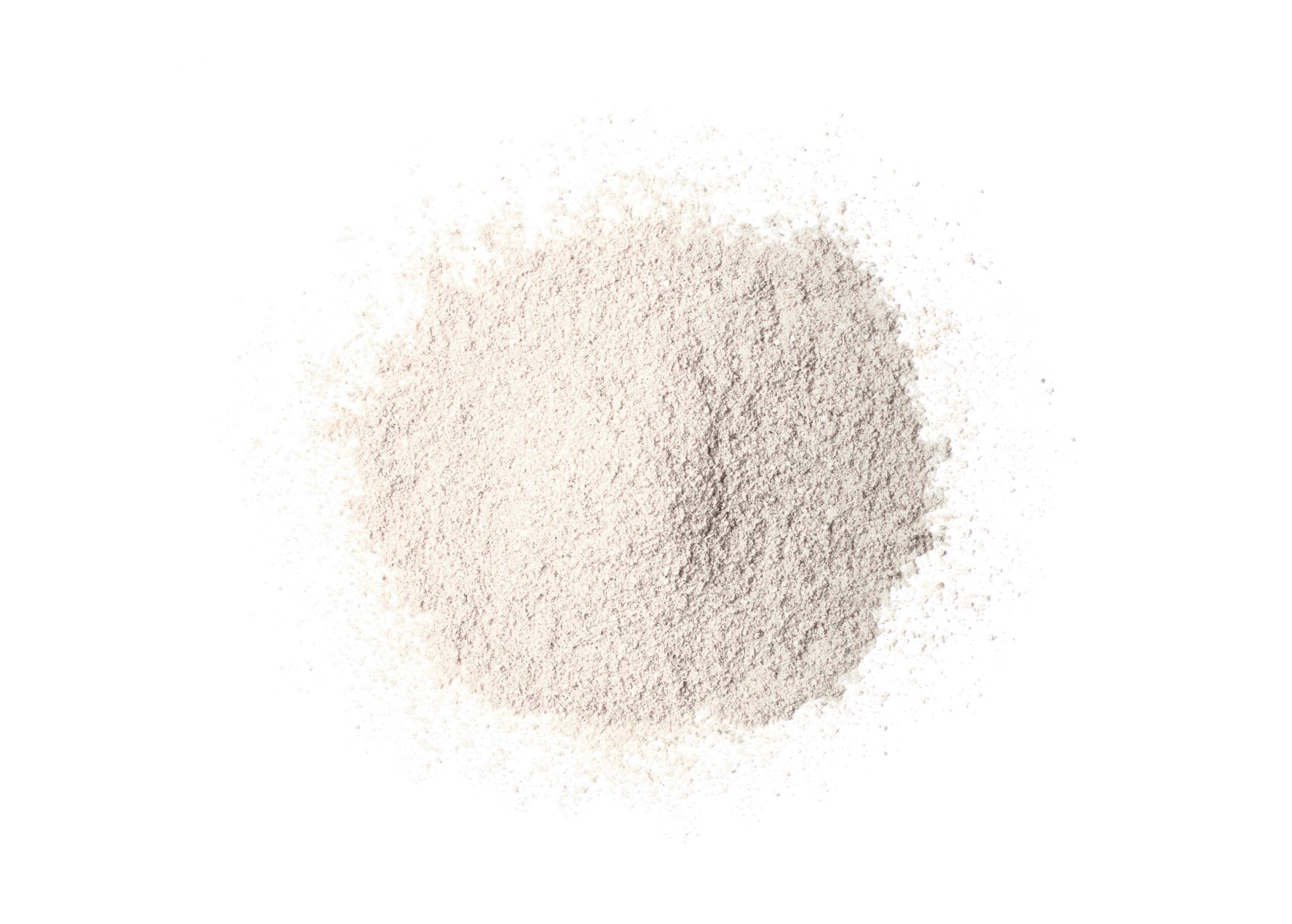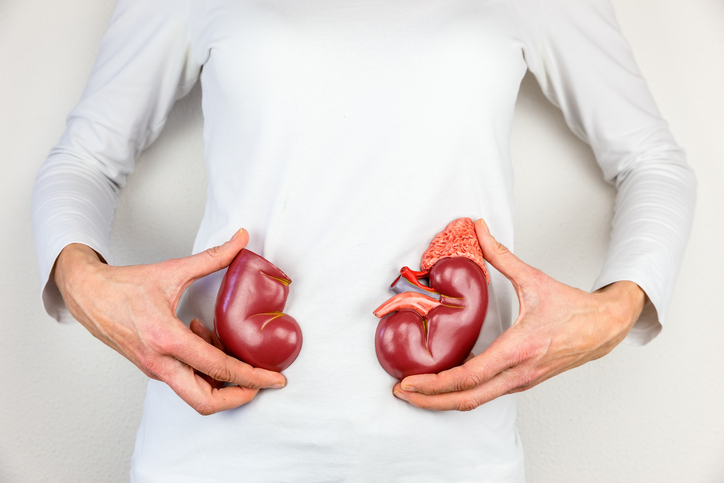
Guidelines for patients with chronic kidney disease (CKD) recommend treatment with renin–angiotensin–aldosterone system inhibitors (RAASi), but this regimen puts patients at high risk of hyperkalemia. However, discontinuing or down-titrating RAASi denies patients with CKD clinical benefits and increases their risk of cardiovascular events, hospitalization, and mortality.
Sodium and calcium polystyrene sulfonates (S/CPS) are traditional potassium (K+) binders used to treat hyperkalemia, but they are poorly tolerated and widely considered unpalatable, which can affect long-term adherence. Sodium zirconium cyclosilicate (SZC) and calcium patiromer sorbitex (patiromer) are recently approved K+ binders that are reported to be well tolerated in patients with hyperkalemia; they can also allow patients with CKD to maintain or increase their RAASi dose. However, published evidence of their palatability was lacking, so David C. Wheeler, MB ChB, MD, FRCP, and colleagues sought to determine the palatability of SZC, patiromer, and S/CPS in participants with CKD and hyperkalemia with the APPETIZE (NCT04566653) study. Results were reported in BMJ Open.
The study took place in 17 centers across the United States, Canada, and a region of the European Union (EU) that included France, Spain, and Italy. Participants were aged 18 years and older with CKD (two estimated glomerular filtration rate measurements <60 mL/min/1.73 m2, recorded at least 90 days apart) and hyperkalemia (serum K+ >5 mmol/L). Between October 23, 2020, and January 12, 2022, 234 participants were screened for eligibility and enrolled; 87 were excluded. The study randomized 147 participants; 144 from the United States (n=58), Canada (n=24), and the EU (n=62) completed the study and tasted each K+ binder. Of those 144, mean age was 66 years, 71% were male, and 53% were dialysis-dependent.
Eligible participants tasted the K+ binders in a randomized sequence. After tasting each product, they completed a questionnaire evaluating four palatability factors: taste, texture, smell, and mouthfeel; they also shared their willingness to take the product. Participants rated how much they liked or disliked each factor on a scale of zero to 10 (rational evaluation). Scores for each attribute were combined to obtain an overall rational palatability composite score (0-40 per product). Participants then indicated how they felt about each factor using AdSAM, a nonverbal, visual measure of emotional response.
In the rational evaluation, the overall palatability of SZC and patiromer was more appealing than that of S/CPS in each region. Among US participants, SZC performed much better than S/CPS (least squares [LS] mean [95% CI], 25.0 [22.7-27.2] vs 18.8 [16.6-21.1]; P<.001). Among participants from Canada, SZC performed much better than S/CPS (LS mean [95% CI], 27.2 [22.5-32.0] vs 15.8 [11.1-20.6]; P<.001). Among participants from the EU, SZC performed much better than S/CPS (LS mean [95% CI], 22.5 [19.9-25.1] vs 18.7 [16.1-21.3]; P=.017). There was no significant difference between SZC and patiromer in any of the geographic regions.
The emotional responses of participants in each region indicated a greater willingness to take SZC or patiromer once daily to manage K+ levels than S/CPS. Among US participants, the overall palatability of SZC was much more appealing than that of S/CPS (LS mean, 23.2 vs 18.9; nominal P<.001); the overall palatability of patiromer was more appealing than that of S/CPS (LS mean, 22.9 vs 18.9; nominal P<.001) and more engaging (LS mean, 17.7 vs 15.4; nominal P=.026. Participants from Canada found the overall palatability of SZC much more appealing than that of S/CPS (LS mean, 24.6 vs 16.4; nominal P≤.002); they found the overall palatability of patiromer to be much more appealing than that of S/CPS (LS mean, 22.7 vs 16.4; nominal P≤.002). Those from the EU found the overall palatability of SZC much more appealing than that of S/CPS (LS mean, 22.2 vs 18.9; nominal P=.013) and much more empowering (LS mean, 23.0 vs 20.0; nominal P=.018). Participants also found the overall palatability of patiromer more appealing than that of S/CPS (LS mean, 22.0 vs 18.9; nominal P=.017) and more empowering (LS mean, 23.6 vs 20.0; nominal P=.005).
There were several limitations to the study. Participants were blinded to study treatment, but site and sponsor personnel were not, and it is possible that this affected participant blinding. Participant numbers were reduced due to the early end of recruitment in Canada and France; the latter required merging data from France, Spain, and Italy to create one EU region. The researchers combined SPS and CPS into a single comparator group (S/CPS) for several reasons, which limited assessment of the individual products. The overall ranking of the products is not supported by statistical analyses and was limited by missing data. No product was ingested, which could have created new palatability experiences.
This exploratory study seems to be the first to use AdSAM to evaluate emotional responses in participants receiving different pharmacotherapies. Findings regarding the level of engagement in the emotional response rely on the level of appeal; high appeal and high engagement scores show a strong perceived benefit and strong positive motivation, while low appeal and high engagement scores indicate strong negative or agitated feelings. Therefore, engagement scores should be interpreted in terms of level of passiveness (lower scores) versus level of activation or intensity (higher scores). Finally, placing rational evaluation questions before the AdSAM measure can influence the emotional response because the unbiased emotional response is not captured prior to cognitive evaluation.
“Our results suggest that participants had an overall preference for SZC and patiromer over S/CPS, and that this preference is being driven by palatability,” the authors concluded. “The palatability of SZC was superior to that of S/CPS and comparable [with] that of patiromer. These results offer promise that adherence to long-term treatment for hyperkalemia may be improved in patients prescribed newer, more palatable K+ binders.”
Source: BMJ Open







 © 2025 Mashup Media, LLC, a Formedics Property. All Rights Reserved.
© 2025 Mashup Media, LLC, a Formedics Property. All Rights Reserved.